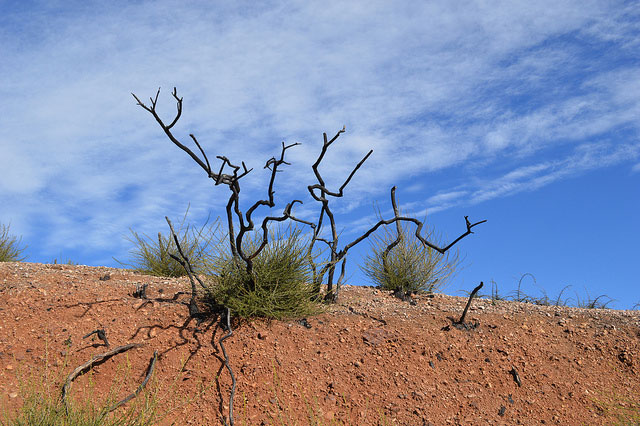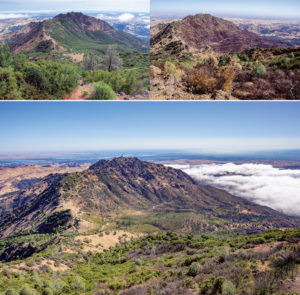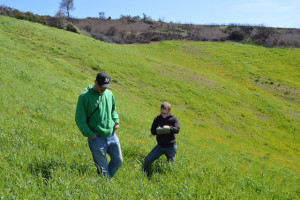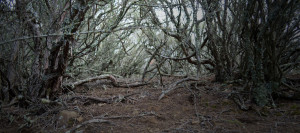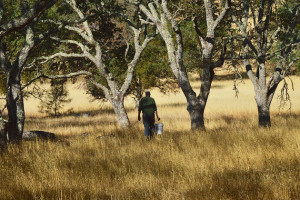rom the animated banter of the small group of field biologists gathered at UC Berkeley in early December, a visitor might have guessed they recently returned from faraway places. But, no, these specialists in plants, birds, mammals, insects, and ecology came to share discoveries on Mount Diablo—right in the Bay Area’s eastern backyard.
In 2013, the 3,100-acre Morgan Fire on the south and east sides of the mountain provided a host of opportunities for scientists. One of the main goals of this group: to learn how plant and animal communities rebuild themselves after a major disturbance. “We’re stalking species that are elusive,” explained botanist Heath Bartosh. “Things that have been hiding for many years.”
The UC Berkeley event, the Mary Bowerman Science and Research Program Inaugural Colloquium, featured the first-year findings of several scientists and students engaged in longer-term studies. Some noted which species have been helped and hurt by the fire. Some exulted in finding plants and animals that scientists have rarely or never described on the mountain before. Others pieced together an ecological history that could help land managers keep Mount Diablo and other fire-prone wildlands healthy.
UC Berkeley entomologist Kip Will and his student, Alyssa Zhang, trapped arthropods once a month from July through November. Among their findings were 15 species of moths that have never been recorded in Contra Costa County before. They also found that beetles are twice as numerous in burned as in unburned areas, and that more species of beetles are present in burned areas.
Heath Bartosh and Brian Peterson of Nomad Ecology reported finding 17 plant species that only appear after a fire (“fire followers”). They identified another 28 plant species seemed to be taking advantage of the disturbance, including plants that were rare before the fire, such as Mount Diablo jewelflower and Brewer’s red maids.
State Park environmental scientist Cyndy Shafer discussed the latest information on the fire’s severity. When gray pines and chaparral were exploding, the fire looked unusually hot. As a firefighter said, “It burned so angrily.” But researchers have since classified it as moderate to light in most places, with some high-intensity hotspots. Most of the blackened ground, 3,100 acres in all, was in Mount Diablo State Park.
Big fires hit the mountain in 1931, 1961, 1968, and 1977, as well as 2013. A few sites near the top have been hit by three or four of these fires, Shafer says. “Knowing where fires have burned frequently in the past will help us decide whether to let fires burn in certain areas of the park—or put them out,” she says. “We will base our decision on safety and ecological research from this and previous fires.”
The colloquium was spearheaded by the Walnut Creek–based conservation organization Save Mount Diablo. The organization supported several post–Morgan Fire studies with grants of $500 to $1,000 in 2014, and plans another round of grants for such research—and another colloquium to share findings—in 2015.
The research program’s namesake, Mary Bowerman, was a botanist and founder of Save Mount Diablo. A student at UC Berkeley in the 1930s, she pioneered plant studies on the mountain. Her book, Flowering Plants and Ferns of Mount Diablo California (updated by Barbara Ertter in 2002), is still the definitive work on the mountain’s flora.
“Mary Bowerman’s work was born in the aftermath of the 1931 fire,” said Bartosh, who is also a Mount Diablo board member. “We developed this program to carry on her legacy.”
This article is part of a monthly series of photos and articles on the transformation of Mount Diablo following the 2013 Morgan Fire, funded by special donations from Bay Nature readers. You can find our stories, as well as event listings, iNaturalist sightings, and magazine features, at baynature.org/diablo.

